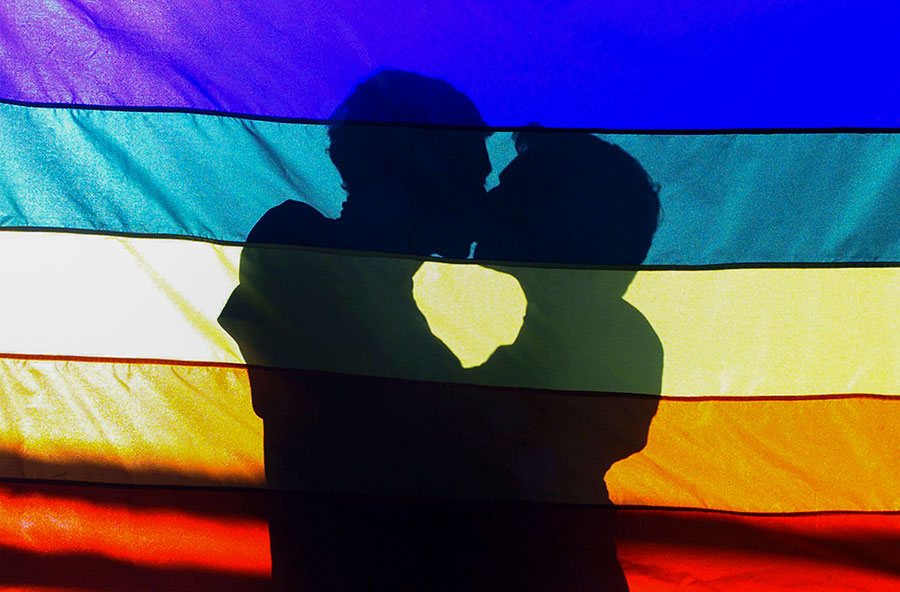According to researchers, teen suicide attempts in the U.S. have become less frequent as same-sex marriage became legal. Furthermore, teen suicide attempts had already dropped in states with legal same-sex marriage before the union was made legal on a federal basis.
On the other hand, the study does not prove that there is a connection between suicide rates and same-sex marriage, although there are significant indicators that new laws have an effect on the mental health of young people, especially those having to do with matters of sexual orientation.

Hope for the future may lower depression
According to the study published in JAMA Pediatrics, suicide is the second most common cause of death for teens in all of the U.S. On top of that, suicidal thoughts and behavior is much more common on bisexual, gay, and lesbian youths, compared to straight teens. In the study, 29 percent of the participants reported having attempted suicide, contrasting with 6 percent of straight teens.
The study took into account 700,000 public high school students who participated in government surveys from 1999 to 2015, which is when same-sex marriage became fully legal. Just over 26,000 participants reported being bisexual, gay, or lesbian, although transgender was not an option in the survey.
The survey tried to measure risky behavior, as it included questions about personal activities deemed riskful, such as smoking, alcohol, and drug use. During the years comprehended in the study, 32 states passed same-sex marriage laws, resulting in a 7 percent drop in suicide attempt rates for straight teens and 14 percent for gay kids after passing the laws.
Depression and LGB behavior go hand in hand
According to the CDC, young lesbian, gay, and bisexual (LGB) people are at a higher risk of suffering violent experiences compared to others. These events can include teasing, bullying, assault, and being prone to attempt suicide. At least 20 percent of LGB students experience dating violence each year, and survey data shows that LGB teens in grades 7 to 12 were more likely to have attempted suicide compared to heterosexual youths.
A different study, quoted by the CDC, shows that teens questioning their sexuality were more likely to report high levels of bullying and substance abuse. They also reported more unexcused absences from school, depression, homophobic victimization, and drug use. On the other hand, LGB students who were not bullied or teased for being homophobic reported the lowest levels of depression and suicidal feelings of all surveyed groups.
The CDC advises schools to identify safe places for LGB kids, such as counselor offices, designated classrooms, or student organizations where gay, lesbian, and bisexual students can receive support from teachers, or even other students. This is suggested as in a “gay-straight alliance” environment, which would translate to school clubs open to kids of all sexual orientations.
Parental support is also quite important for the mental health of an LGB teen, seeing that a supportive reaction can help them cope with the social and personal challenges of being of a sexual orientation other than heterosexual. Even if most parents react negatively to the idea of having an LGBT child, it is important to deal correctly with these situations, seeing that LGB kids are at a greater risk of being left homeless than heterosexual teens, as the CDC reports.
Source: The Washington Post
